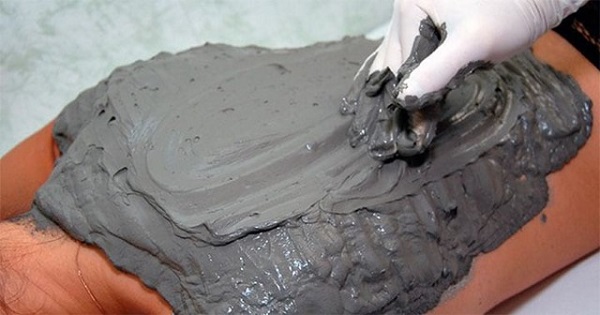Sprain.
A sprain or partial rupture of the ligaments of the joints occurs with excessively strong movements that are not characteristic of this joint.
The most common ankle sprain. It occurs mainly when the foot is twisted on uneven ground or when it falls to the side, if the foot is fixed and cannot turn after the lower leg (for example, in skiers).
Stretching symptoms:
At the time of injury, severe pain appears in the joint area. Joint movements are severely limited due to increased pain.
On examination, swelling and smoothness of the contours of the joint are observed. Joint movements are possible, but painful.
Stretching: folk remedies
Sprains: potato treatment, folk remedy
For sprains and dislocations, make applications from raw potatoes. Better yet, mix raw potatoes with fresh or salted cabbage and grated onion with sugar, stir in clay and make an applique overnight. Dilute clay with curdled milk or urine.
Folk remedy: treatment of sprains with an onion compress
Peel 1 medium onion and stir in 2 teaspoons of granulated sugar. Apply a compress with this mixture to the injured area.
Ointment for sprains, folk remedy, treatment
Boil garlic, crushed into gruel, and fresh crushed eucalyptus leaves over low heat in animal fat, strain this mass and rub into the skin to eliminate inflammation.
Ligament sprain: garlic compress treatment, folk remedy
Soak a cheesecloth folded in several layers, or a terry towel with a cool infusion of garlic, squeeze the juice of 1 lemon onto cheesecloth and apply to the sore joint. Hold the compress until it reaches body temperature. Then repeat the procedure with fresh cold infusion until relief comes.
Folk remedy: treatment of sprains with garlic tincture
Gruel made from 7-10 cloves of garlic, pour 0.5 l of apple or wine vinegar and 100 ml of vodka, insist in a dark, cold place for 2 weeks, occasionally shaking the contents, strain, add 15-20 drops of eucalyptus oil, mix well. Apply to the sore joint in the form of a compress.
Elderberry leaf compress for sprains, treatment, folk remedy
In the summertime, you can make compresses from crushed raw elderberry leaves. Change the bandage 3 times a day.
Sprains: clay treatment, folk remedy
Take a linen or cotton napkin, fold it in four and place it on a flat surface. Use your hand or a wooden spatula to remove the clay from the vessel and apply it evenly onto the canvas.
The clay layer should be wider than the sore spot, and the thickness should be about 2-3 cm. The consistency of the clay mass should be like milk jelly. The clay layer must be dense enough.
Clay for sprains, folk remedy, treatment
Take 0.5 cups of ready-to-use clay and dilute it with 1 liter of water. Then add 5 tablespoons of apple cider vinegar to the vessel with the clay water already obtained (in extreme cases, you can replace it with table vinegar).
If stretching is complicated by scratches or abrasions, you can add 2 cloves of finely chopped garlic. Stir the mixture well. Then take a napkin and wet it in the solution, squeeze it slightly and apply it to the sore spot.
It is necessary to apply the lotion in the following sequence: wipe the sore spot with a wet napkin. Apply the prepared lotion directly to the sore spot, make sure that it fits snugly. Tie the lotion with a bandage so that it does not move and is constantly in contact with the sore spot. Cover with woolen cloth on top.
Usually, a clay lotion should be left for 2-3 hours when the ligaments are stretched. As soon as the patient feels that the lotion has become dry and hot, it should be replaced with a new one. After the end of the procedure, you need to undo the bandage and remove the lotion in one movement, trying not to leave pieces of clay on the body. Rinse the affected area with warm water.
Used clay can no longer be used. Wash the napkin immediately after immersing it in water for a while. Usually when stretching the muscles put 2-3 lotions.
